3 Little Words That Will Unlock Your Revision
Ensuring your stories are imbued with meaning can be a huge task. Luckily, three magic words will help you strengthen your story’s trajectory.


Today’s post is by writer and book coach Monica Cox.
Whether it’s describing your favorite book or pitching your own manuscript, chances are you’re describing the plot or what happens in the story.
Hooks and pitches are all about plot. It’s the easiest thing to latch on to when it comes to story. Plot is often the first thing that comes to us when we sit down to write and ponder the “what if this happens” question.
What keeps our people reading, however, is the emotional journey of the protagonist and how that character arc interacts with and affects the plot. The real magic of story happens when we dig beyond “what if this happens” and ask “what if this happens to this person?”
Let’s look at The Hunger Games by Suzanne Collins. The plot is what prompted me, and probably many other readers, to pick up the book—a life-or-death game where young people from each district in the nation are put in a dome together and only one can come out alive, all while the event is broadcast across the nation as entertainment.
What makes the story so resonant isn’t the series of events that could happen in a situation like this. It is Katniss and her journey through the Games. No one wants to be the district’s tribute—it’s essentially a death sentence. But Katniss volunteers for the games. Why? Not for ego or to prove something to the corrupted government (yet…that comes in a later book), but to protect her younger sister whose name is drawn in the lottery.
From the beginning, the reader knows something about Katniss and her heart that will make her someone to root for: she is motivated by love for her sister. Not only does the reader care about Katniss because of that bond, but her love and desire to take care of her family influences how she plays the game, ultimately making the story about so much more than just the plot of personal survival. Talk about emotional resonance!
Donald Maass writes in The Emotional Craft of Fiction: “What shapes us and gives our lives meaning are not the things that happen to us, but their significance.”
It’s not just the plot that makes a good story. It’s the meaning the plot has for the character. Like Katniss in The Hunger Games.
Maass goes on to say: “Plot happens outside, but story happens inside.”
Understanding your character’s emotional arc of change, how that arc plays with the plot, and how the character makes meaning of that plot are the keys to ensuring your story has a strong trajectory, propelling your reader through the book, hooked not only on plot but your protagonist’s experience of it. Your story’s trajectory is that emotional throughline that motivates your character to act and overcome obstacles in an attempt to reach their story goal. It’s the magical third rail of your story that holds up the external machinations of your plot. Without a strong trajectory, the story may just fizzle out or the reader is left wondering why they care about what happens at all.
At some point, plot just isn’t enough.
Ensuring your stories are imbued with meaning can be a gargantuan task. Luckily there are three magic words that will help you determine the strength of your story’s trajectory.
Because Of That
At the end of each major scene or chapter, if you were to fill in connector words between them, would they be linked by the phrase AND THEN or BECAUSE OF THAT.
“And then” insinuates that something happened to your characters. More rocks being thrown up at your proverbial protagonist in a tree.
“Because of that,” on the other hand, indicates that your protagonist has made a decision or taken some sort of action as a result of the scene propelling the reader into the next chapter where a consequence or obstacle will no doubt result from this choice.
Can you feel the difference? One reads like a litany of events while the other invites the reader to engage with the story, to deduce, suppose, and react to the actions the protagonist is taking on the page.
To check your manuscript for a strong “because of that” trajectory, start here:
- Make meaning. Take a look at each scene or chapter. Summarize the plot of that scene in a sentence or two, then summarize the meaning of that plot point for the protagonist in a sentence or two. Do this for all the major scenes or chapters in your manuscript so you essentially create an outline of both the plot and emotional arc of your story.
- Look for connection. Now, analyze the silence between scenes/chapters and see which phrase best connects them: “and then” or “because of that”?
- Work backwards. If “and then” connects your scenes/chapters, ask yourself the following questions to find the problem in the previous scene:
- Is the problem plot or emotion? There may be too much of one or the other throwing your trajectory out of balance. Too much plot without internal meaning-making leaves the action flat. Too much internal work without a little external plot means there may be too much backstory or info dumping on the page. Take a hard look at what’s out of balance and find a way to incorporate the missing link.
- Does your character have agency? Are they making decisions in the scene, learning something new that will result in a new choice, taking action, making a decision, or are things simply happening to your character? The beauty in a novel length work is that our protagonists rarely get it right on the first try, so let them make some mistakes and learn some hard lessons. Just remember, that they need to be in charge, or at least think they are, by choosing to do—or not do—something in each scene.
- What is the scene goal? What does the character want or need in the scene? Do they get it? All the macro story goals your protagonist has should be represented as micro scene goals as well. These goals not only need to advance the plot, but also deepen the meaning for the protagonist forcing her to make scene-specific decisions that will keep readers turning the page to find out how they will impact the macro goal.
- Can you identify the scene stakes? There are the larger story stakes at play, always, but each scene has something at stake for your character as well, whether it’s a big thing (escaping the bad guy) or a small thing (saving face during a business meeting) based on that scene’s goal. If you can’t identify clear stakes in the scene, focus on what your character stands to lose in this moment and make sure the reader is clear on what that is on the page.
Do this for every scene or chapter in your manuscript since there may be different things at play in each scene. For example, in one scene you may lack trajectory from a simple imbalance of plot and meaning, while in another, the stakes may be unclear. Working backward from the connector phrase, however, will point you to the scene or chapter prior to see where you may need to focus your revision work.
Then, as you move forward through your revision, you will be able to strengthen the ultimate trajectory leading to your inevitable and impactful story climax. Because of that, you will have a story that keeps your readers turning pages to see what happens next.







































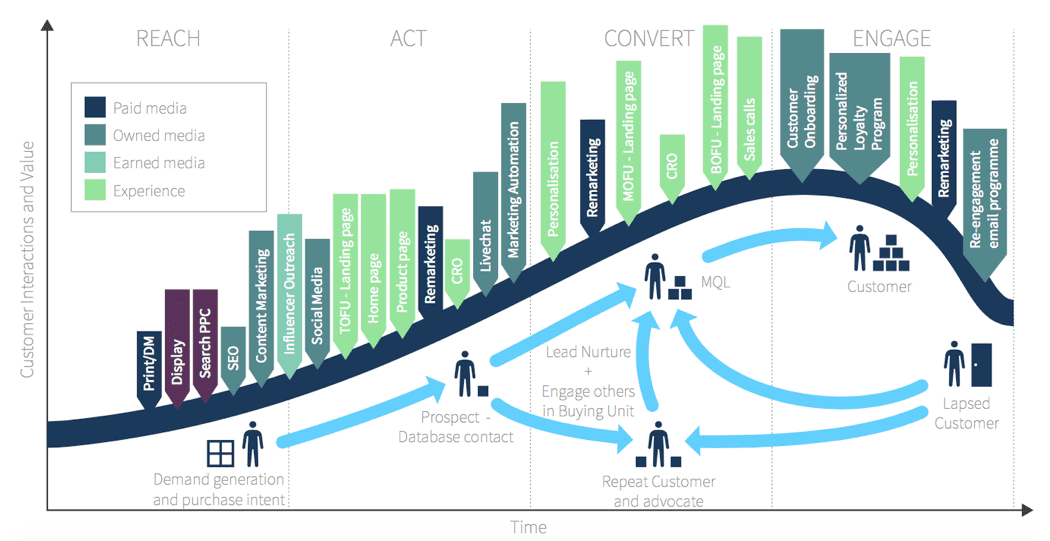
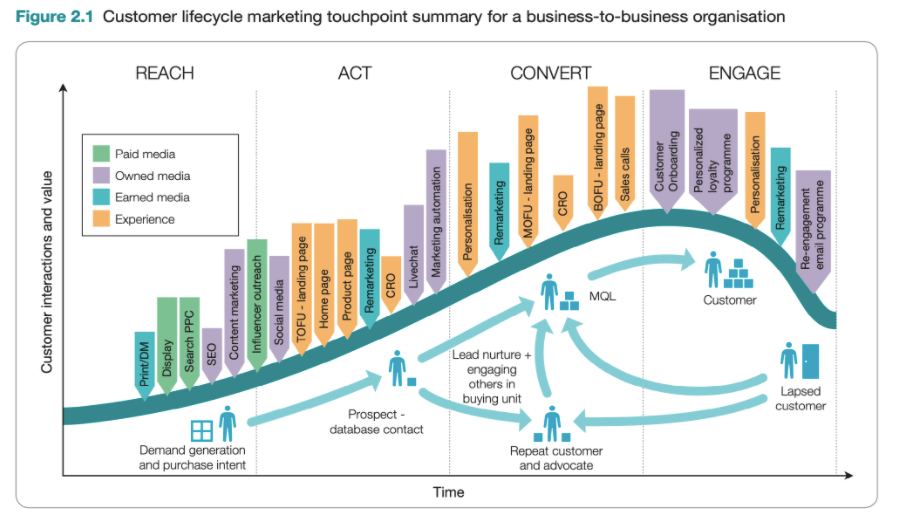
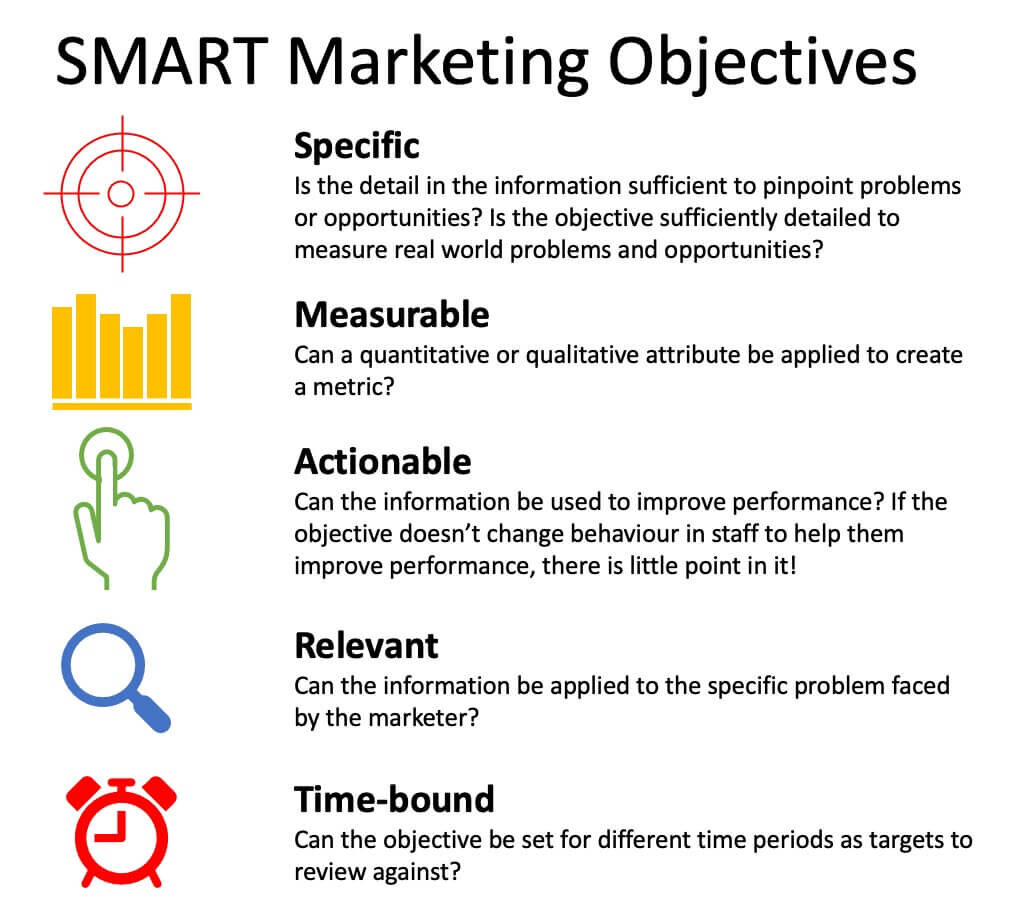
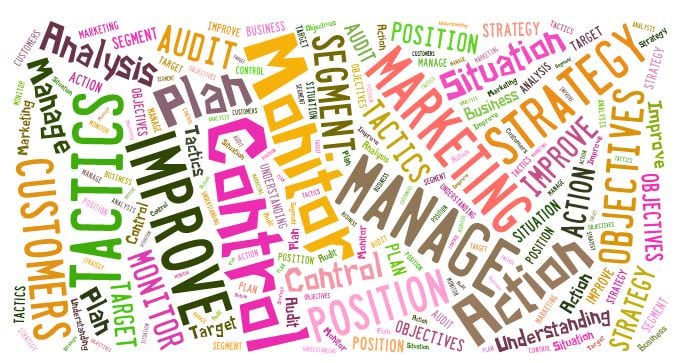








![How Marketers Are Using AI for Writing [Survey]](https://www.growandconvert.com/wp-content/uploads/2025/03/ai-for-writing-1024x682.jpg)
















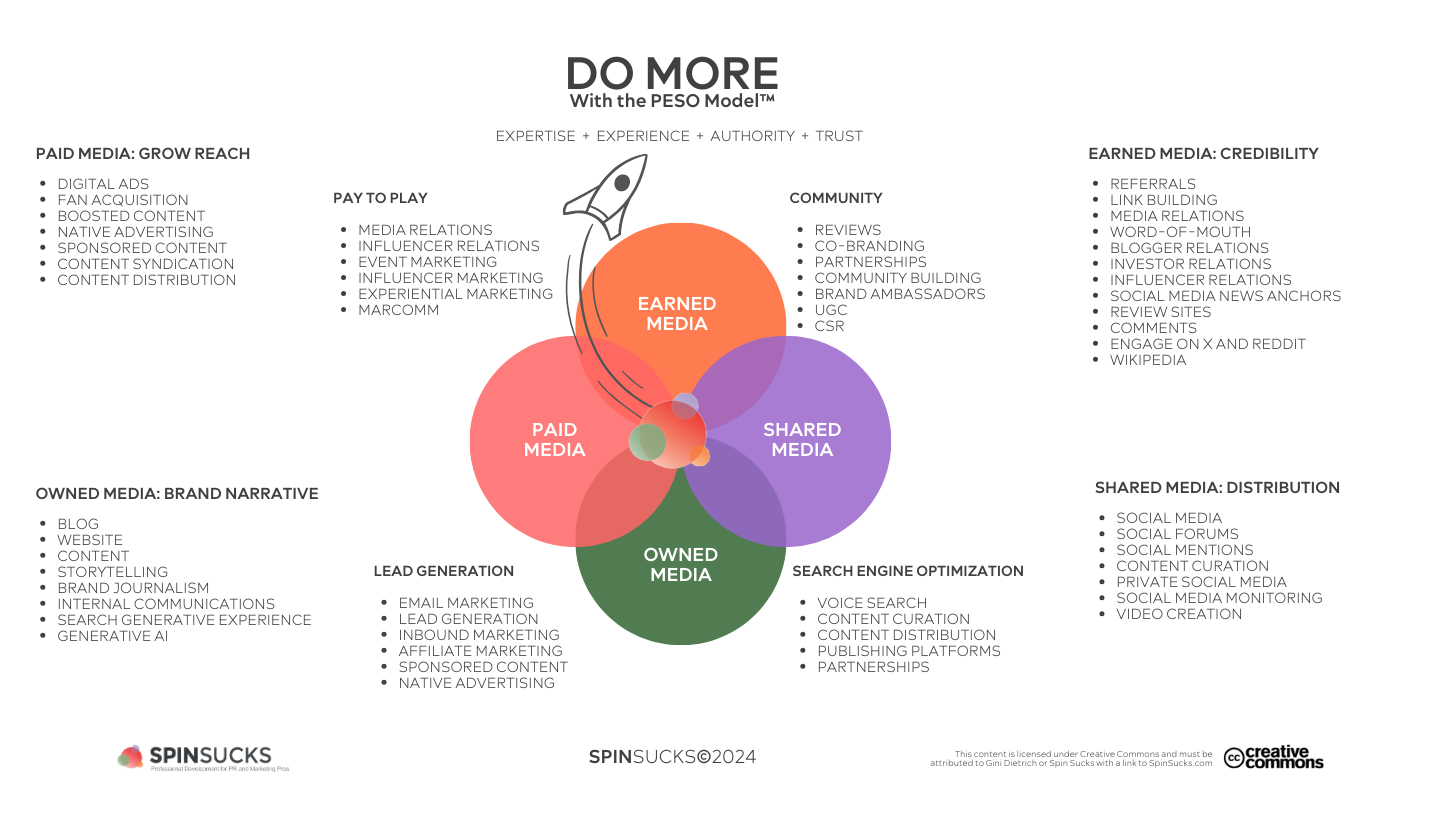
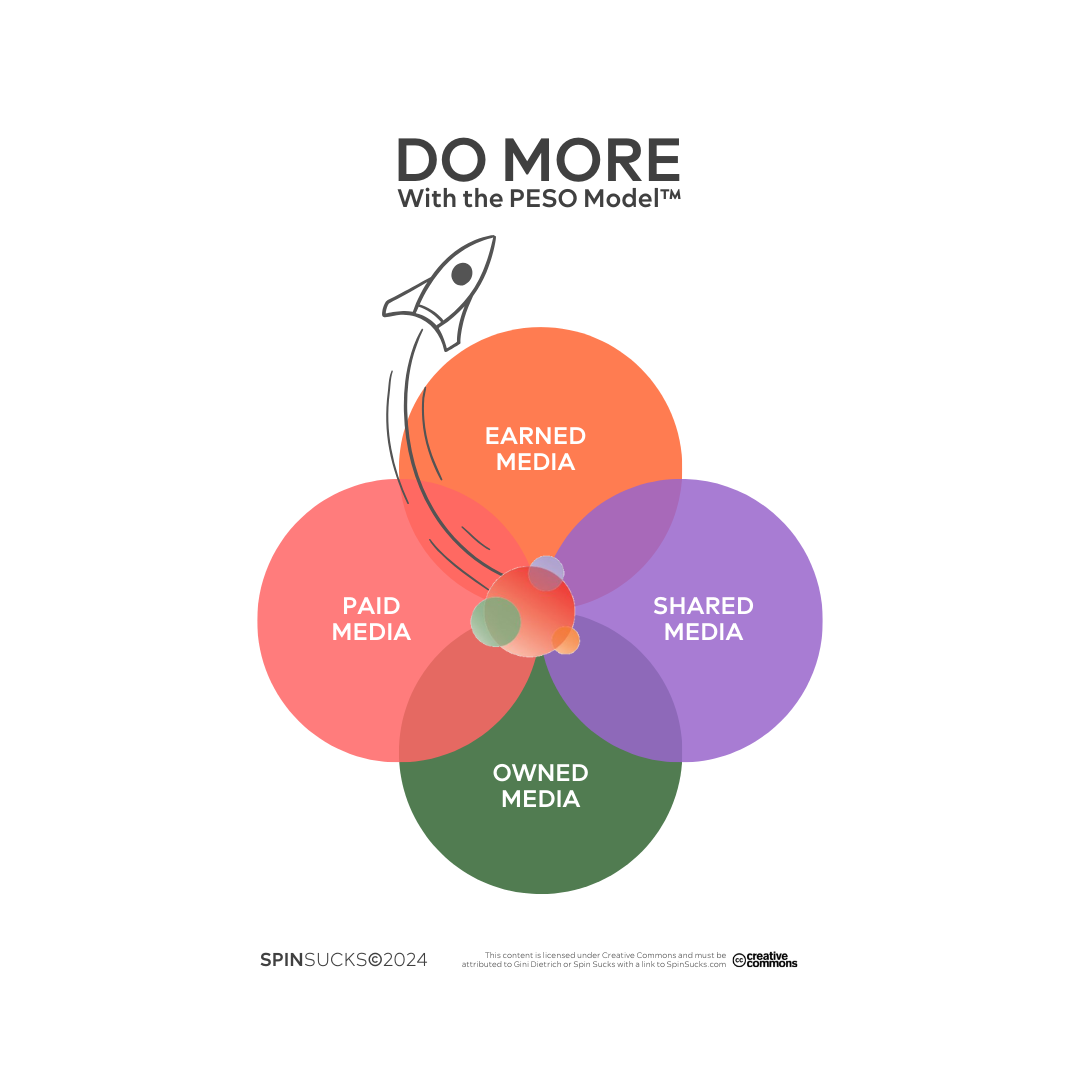






























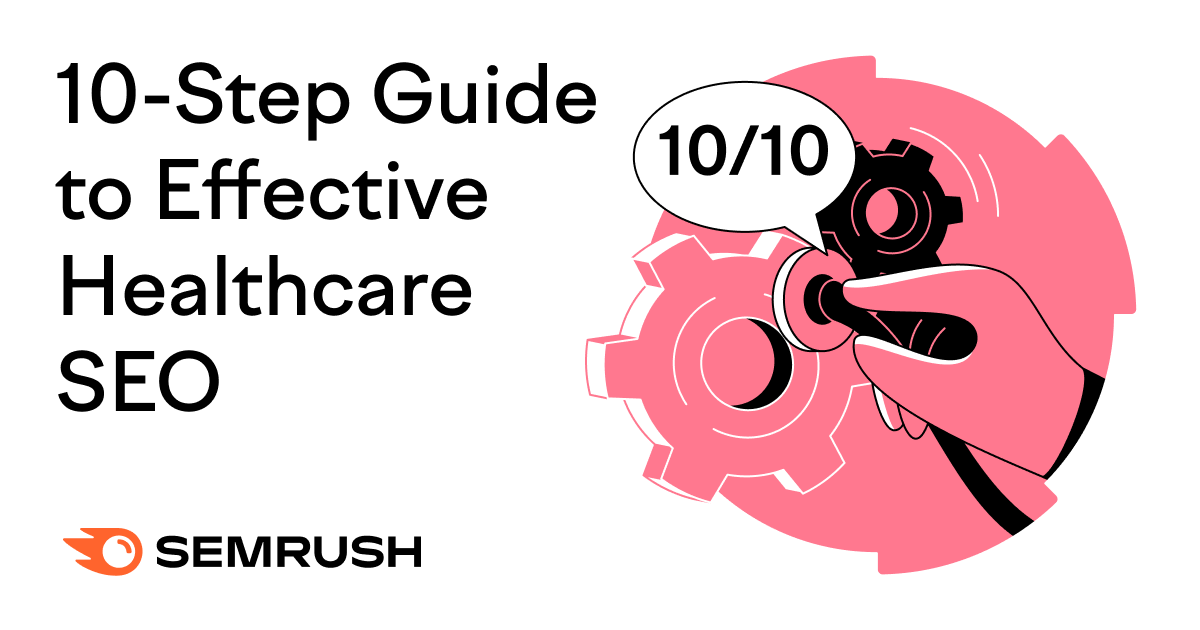




![How Meta Makes its Money [Infographic]](https://imgproxy.divecdn.com/Kn_lAdtd3hjL-g3cebdKw3vQ_uTSMewIOId-plpm62o/g:ce/rs:fit:770:435/Z3M6Ly9kaXZlc2l0ZS1zdG9yYWdlL2RpdmVpbWFnZS9tZXRhX2Fkc18yLnBuZw==.webp)
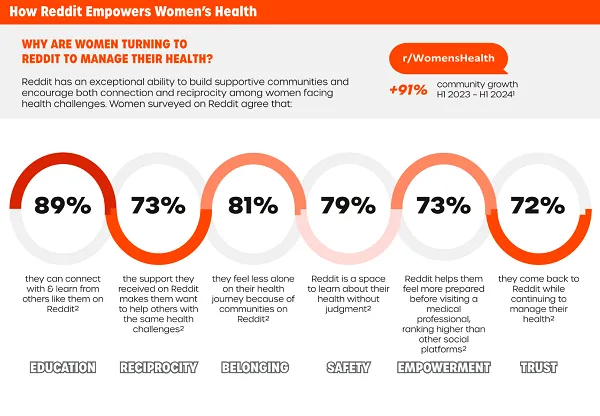





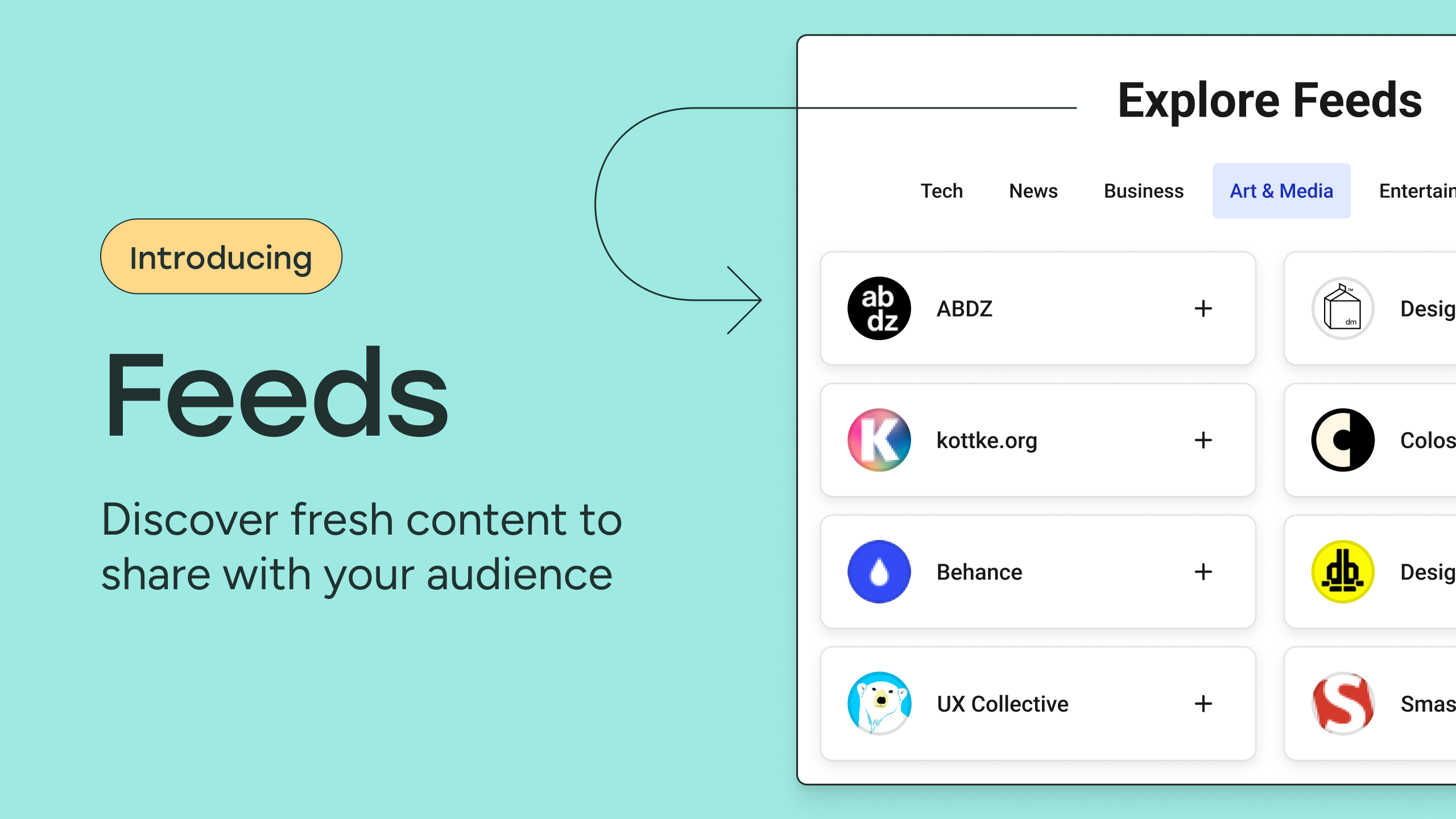






![311 Instagram caption ideas [plus free caption generator]](https://blog.hootsuite.com/wp-content/uploads/2022/07/instagram-captions-drive-engagement.png)

![How Conversion Funnels Create a Better Customer Journey [+ Tips to Optimize Yours]](https://www.hubspot.com/hubfs/Conversion%20Funnel.png)


![How to Create a Complete Marketing Strategy [Data + Expert Tips]](https://www.hubspot.com/hubfs/marketing-strategy.webp)




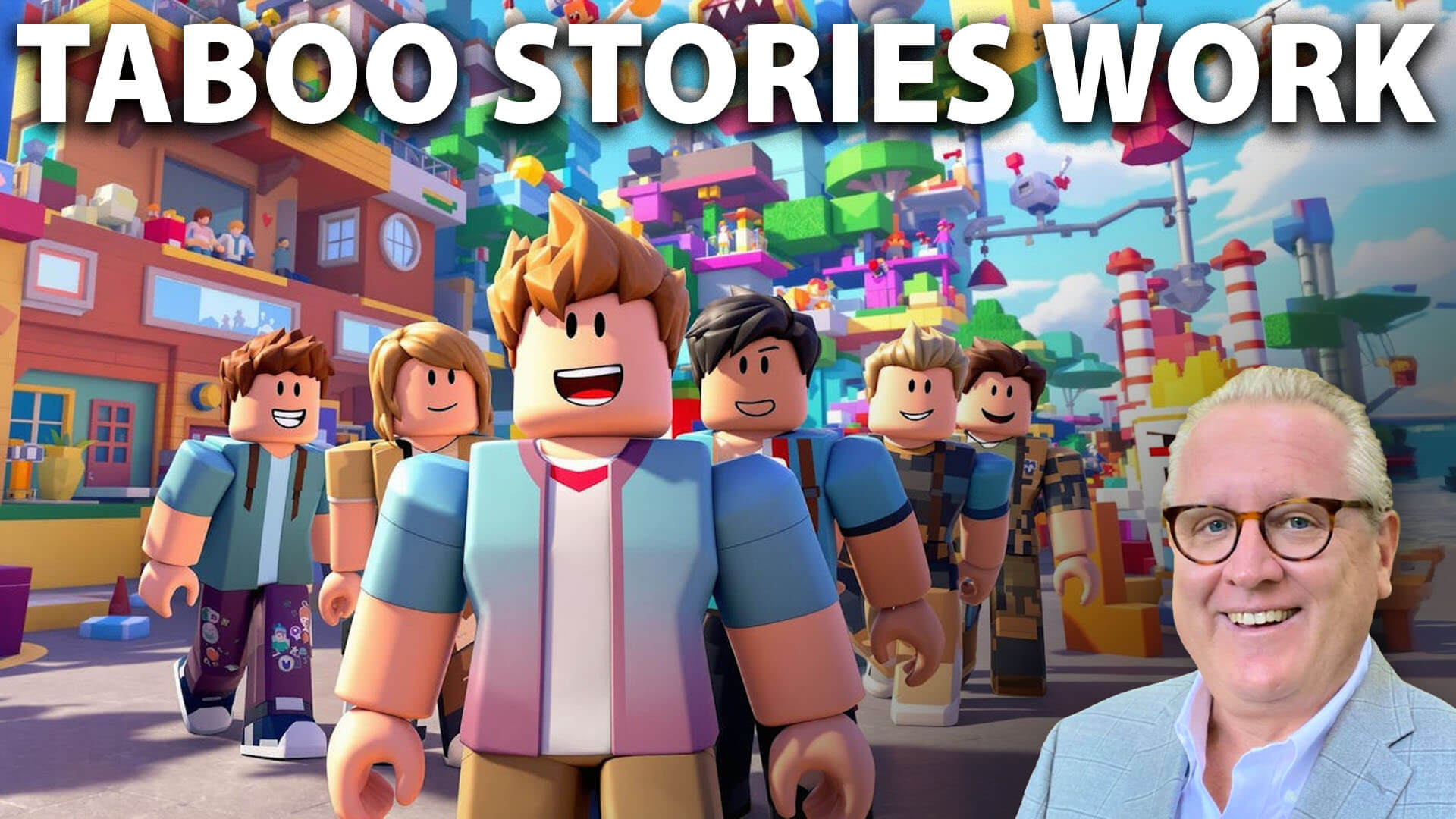

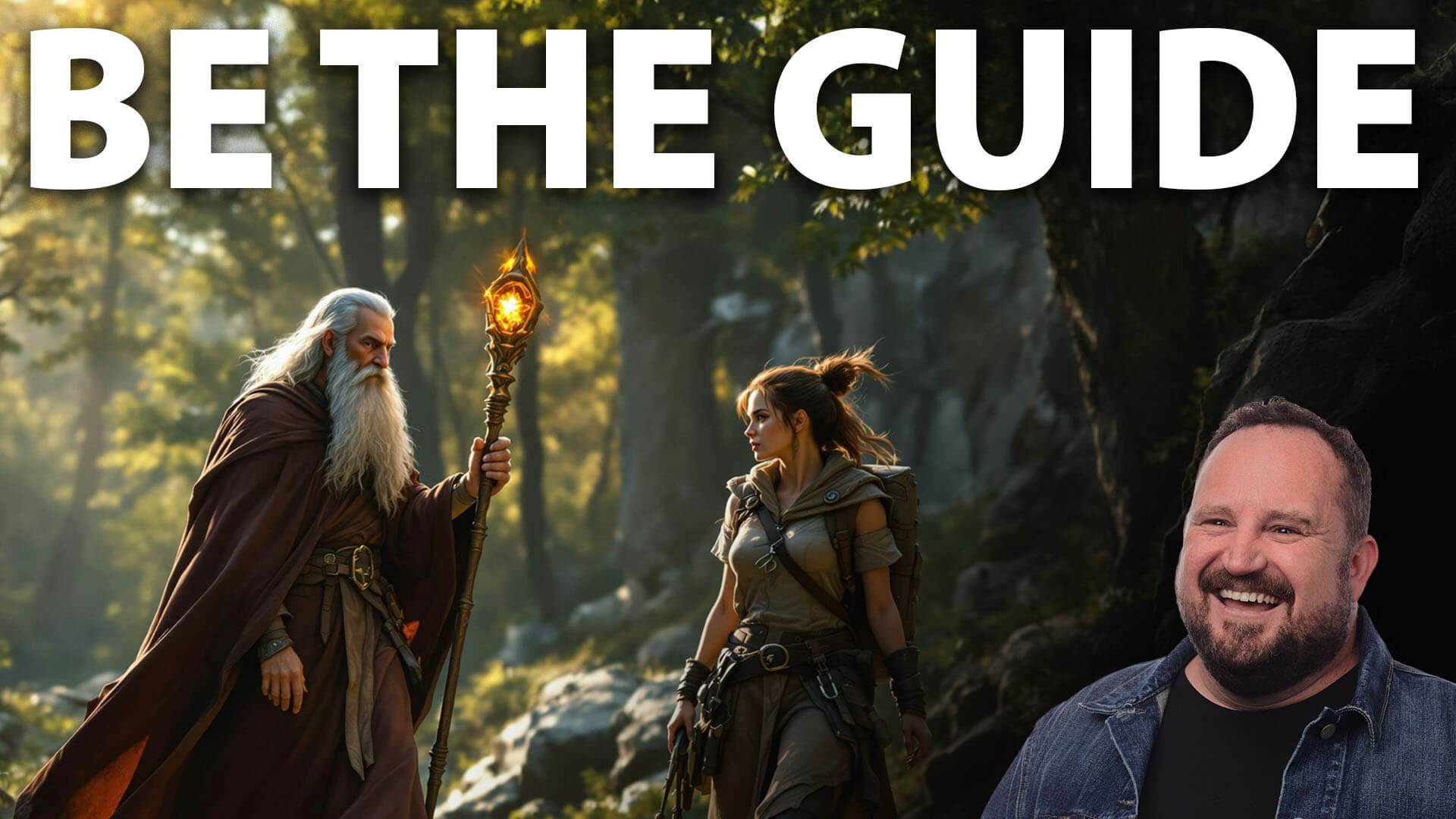





![Best times to post on Facebook in 2025 [Updated March 2025]](https://media.sproutsocial.com/uploads/2024/04/Best-times-to-post_2024_feat-img_fb.jpg)







